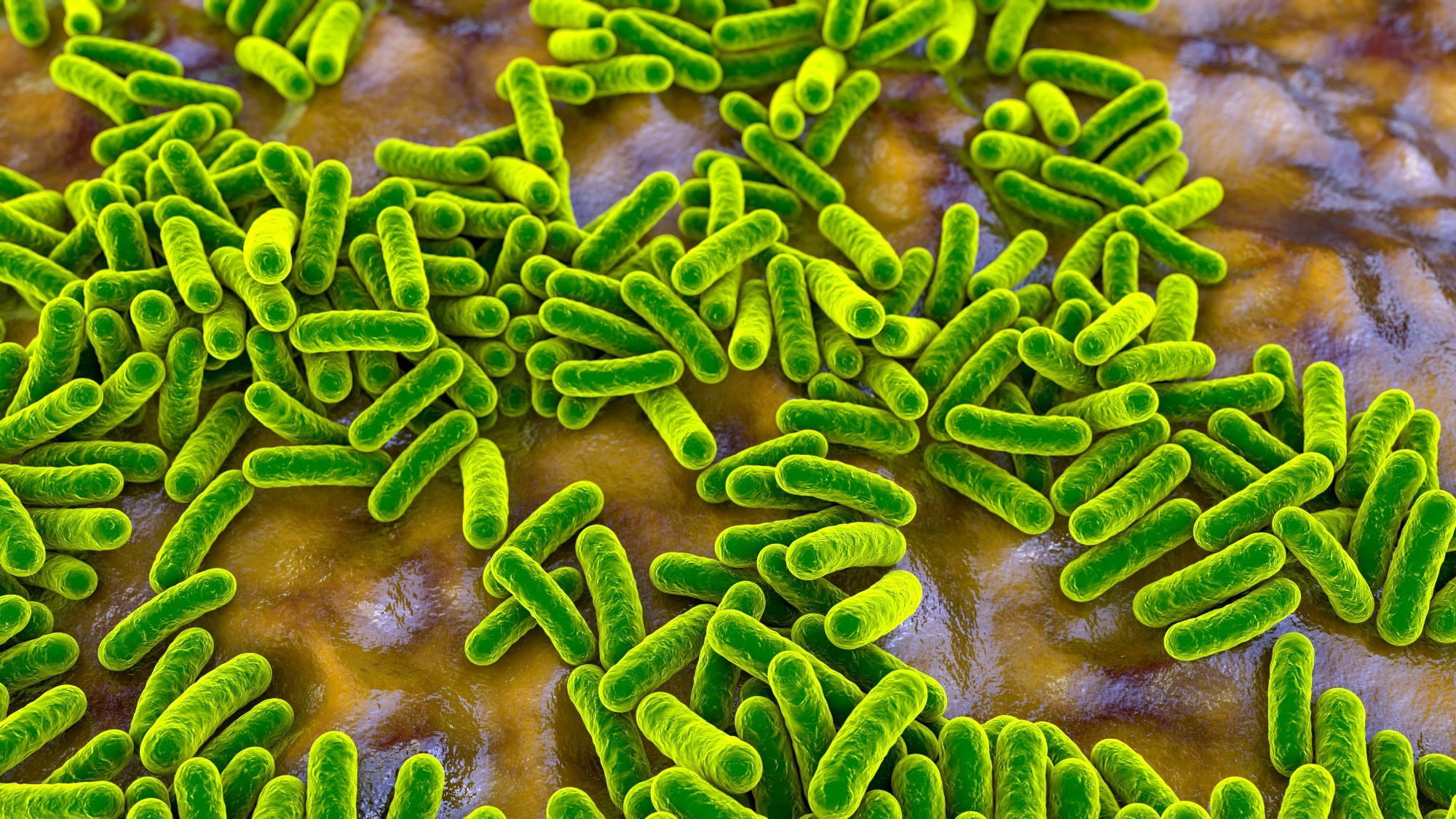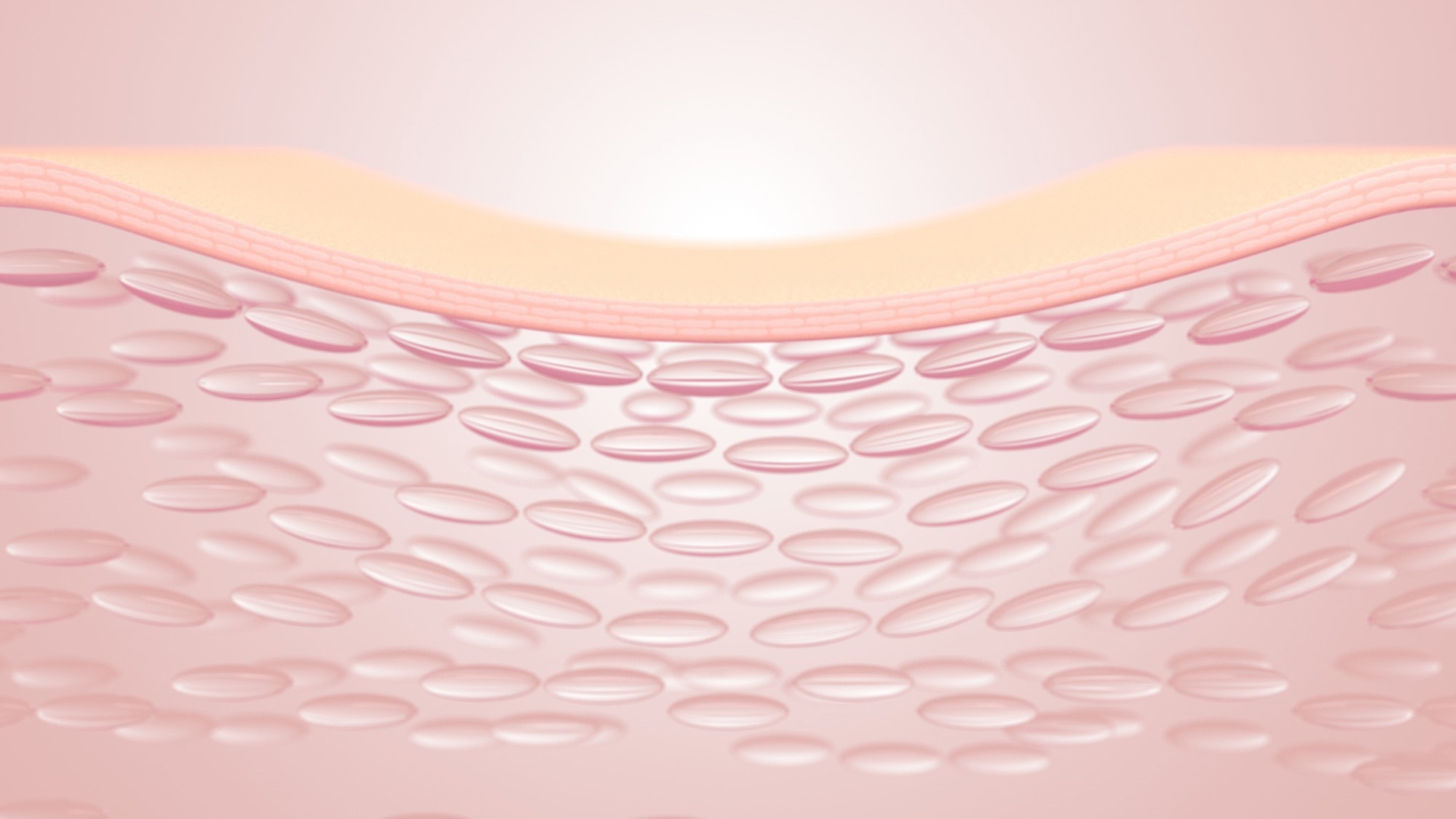Insight into the Skin Microbiome
Introduction
Composition – intrinsic factors
Composition – extrinsic factors
Functions
Future pathways
References
Further reading
The human body interacts with the outside world through its sense organs, of which the largest is the skin. The skin is home to a world of microbes, living mostly as commensals (microbes with neutral or beneficial interactions with the skin). They play a part in human health and disease, and their composition and functions are modulated by various factors.
 Image Credit: ART-ur/Shutterstock
Image Credit: ART-ur/Shutterstock
The skin with the appendages has a surface area of 25 square meters. It has multiple regions with diverse characteristics, such as being moist, sebaceous, and dry.
For example, the groin and armpit are near the core temperature of 37°C, with high humidity due to their shape. Conversely, the skin of the extremities is much cooler, at about 30°C.
The skin is also rich in sebaceous glands secreting a lipid-rich substance called sebum. The fatty acids in the sebum reduce the skin pH.
The skin hosts an array of microbes, including bacteria, fungi, viruses, and mites, in different ecological niches. Some scientists estimate that the skin microbiota is more diverse than that of the gut. Shifts in the composition and relative abundance of these microbes occur in response to external and internal factors, that can cause infection and poor wound healing.
The skin microbiome comprises the sum of all the microbial genes present on the skin.
The top ten bacterial species on the skin in healthy people include gram-positive bacteria from genera like Staphylococcus, Corynebacterium, Enhydrobacter, Micrococcus and Cutibacterium. Some gram-negative bacterial genera such as Roseomonas mucosa, Pseudomonas spp., Acinetobacter spp., Enterobacteriaceae, and some anerobes are also found as a transient fraction.
In sebum-rich sites, Propionibacteria species and Staphylococci species predominate, but at moist spots, Corynebacteria. Some archaeobacteria are also present. Among viruses, bacteriophages predominate, probably regulating the number of bacteria on the skin.
Fungi such as Malassezia, Cryptococcus, Rhodotorula, and Candida species have also been identified. While Malassezia species are dominant over the torso and arms, the foot harbors more varieties of fungi. Mites such as Demodex live in areas with abundant sebum, including the face, hair, and eyelids, but little is known about their role in the human skin microbiota.
 Image Credit: Kateryna Kon/Shutterstock
Image Credit: Kateryna Kon/Shutterstock
Composition – intrinsic factors
The skin microbiome varies with the individual, ethnic group, and lifestyle factors. Different ethnic groups may have characteristic microbiota in various skin regions, such as Corynebacterium variabile and C. kroppenstedtii in Hispanic individuals only vs. East Asian individuals only.

 Read Next: The Microbiome of a Newborn
Read Next: The Microbiome of a Newborn
The two sexes also show minor differences in their skin microbiome. For instance, men have more abundant Cutibacterium and Corynebacterium than women, but women have more abundant Enterobacteriales, Moraxellaceae, Lactobacillaceae, and Pseudomonadaceae.
The microbiome also shifts with age, as the skin changes its characteristics. Some previously abundant genera like Actinobacteria decline, while others like Cutibacteria, increase. Within genera, different species become predominant, such as Malassezia furfur and M. restricta in children and young adults, respectively.
Demodex mites increase over time and are present in up to 95% of older adults.
Composition – extrinsic factors
The skin microbiome also depends on the environment. The formation of the skin microbiome in infants depends on the mode of delivery and the environment. It soon changes towards the adult microbiome, with distinct regions becoming apparent as early as three months.
Rural vs. urban environments produce different types of skin microbiomes, as well as associations with domestic and pet animals. People living together tend to show similar microbiome profiles, though they lack genetic or physical relationships.
Makeup alters the skin microbiome, with some types being protective against and others favoring potential staphylococcal pathogens. Oral antibiotics could also alter the density and composition of bacteria in skin wounds, delaying wound repair. Conversely, oral doxycycline favors Cutibacterium granulosum but inhibits C. acnes, helping reduce clinical acne severity.
Functions
Skin homeostasis
The skin microbiome facilitates skin homeostasis and assists in forming and maintaining epithelial barrier integrity. It regulates the skin’s inflammatory response, the differentiation of skin cells, and skin wound healing, among many others.
In early life, the regulatory T cells (Tregs) accumulate in the skin, promoting tolerance to skin commensals but not pathogens. This leads to a normal non-inflammatory T cell response to skin microbiota that improves skin barrier function. This is called homeostatic immunity.
Omics eBook

For instance, in mice, when the commensal Staphylococcus epidermidis colonizes the skin, it induces the accumulation of effector T cells (Teffs) via dendritic cells in the skin. The bacterial peptides are presented to the Teffs by nonclassical major histocompatibility complex (MHC) molecules. This non-inflammatory immunoregulatory process enhances barrier immunity and wound repair.
Disruption of the skin triggers wound healing via a well-coordinated cascade of events. This can be derailed by the growth of commensals and biofilm formation in the wound, delaying wound healing.
Aging increases skin susceptibility to infection. This makes the skin microbiome “the most accurate predictor of chronological age, superior to oral or gut microbiome signatures.”
The skin microbiota uses direct and indirect defense mechanisms to limit or prevent the growth of pathogens. These include competitive inhibition by commensals.
Some microbes also help desquamate dead skin cells and renew the skin surface via their protease enzymes. Microbial lipases help break down sebum into free fatty acids to acidify the skin, while the urease helps degrade urea.
Some microbes produce antimicrobial peptide (AMP), while Malassezia species produce anti-microbial indoles. Other microbes may modulate the production of host AMPs in response to wounds or infection.
The microbiome also produces biofilms that may compete with pathogens, restricting their growth.
Biofilms are sometimes formed by a combination of commensals and pathogens. In such a situation, the commensals protect the skin surface from infection, reduces the thickness of the biofilm, and wall off the skin from the pathogens.
 Image Credit: Jimmy Ryan/Shutterstock
Image Credit: Jimmy Ryan/Shutterstock
Immune responses
Skin microbes also train the skin-resident T cells via multiple mechanisms to respond more effectively to potential pathogens. “Control of skin immunity by commensal species is likely to be contextual and dependent on the inflammatory and metabolic state of the host.”
Several pathways are mediated by commensals to fine-tune the immune response to the presence of bacteria on the skin, differentiating pathogens from commensals to provide an appropriate immune response. One such is the presence of Toll-like receptors (TLRs) that take part in skin immunosurveillance.
SCFAs produced by the skin commensal Cutibacterium acnes within the sebaceous gland inhibit the enzyme histone deacetylase. This makes TLRs more responsive to activation, driving increased inflammation due to the loss of immune tolerance to this bacterium in this specific microenvironment.
S. epidermidis also drives anti-inflammatory pathways via lipoteichoic acid (LTA), a ligand of TLR2, that stimulates keratinocyte stem cell factor as well. This is one example of a microbiota-mediated skin immune response.
The skin is the largest neuroendocrine organ in the body. The crosstalk between the skin cells and resident microbes can promote or inhibit microbial pathogenicity. For instance, neurotransmitters produced by the skin cells during stress, such as catecholamines, are picked up by S. epidermidis, S. aureus, and C. acnes.
In response, Cutibacterium species produce chemicals that induce biofilm formation and promote S. aureus aggregation, allowing the latter to survive under unfavorable conditions like antibiotic exposure and immune attack. Conversely, Corynebacterium species may regulate sensing of S. aureus, shifting it to a commensal state under normal conditions in up to 40% of the general population.
Wound repair
Commensals may interfere with wound healing, but S.epidermidis actually promotes unconventional wound repair by recruiting regulatory CD8 T cells. Chronic wounds are often found to harbor S. aureus, which causes delayed wound healing.
Many other commensals are often found to inhabit chronic wounds, as well as microbes containing antibiotic-resistant genes.
Interactions between commensals may thus be beneficial or harmful in wound healing. Fungi may interact to produce similar outcomes, either promoting or delaying wound healing. The latter may occur via tissue necrosis or biofilm formation, or close networks of bacteria with fungi.
Future pathways
New methods of study are emerging, including 3D skin models to understand the various levels of the skin microbiome. Transplantation of skin microiota could help treat conditions such as atopic dermatitis. The use of advanced methods in culture, proteomics and mass spectrometry could help unravel the molecular basis of host-microbe and microbe-microbe interactions and outcomes within the skin microbiota.
References
- Boxberger, M. et al. (2021). Challenges in exploring and manipulating the human skin microbiome. Microbiome. DOI: https://doi.org/10.1186/s40168-021-01062-5. https://microbiomejournal.biomedcentral.com/articles/10.1186/s40168-021-01062-5.
- Byrd, A. L. et al. (2018). The human skin microbiome. Nature Reviews Microbiology. DOI: https://doi.org/10.1038/nrmicro.2017.157. https://www.nature.com/articles/nrmicro.2017.157.
- Swaney, M. H. et al. (2021). Living in your skin: microbes, molecules, and mechanisms. Infection and Immunity. DOI: https://doi.org/10.1128/IAI.00695-20. https://journals.asm.org/doi/10.1128/IAI.00695-20.
Further Reading
- All Microbiome Content
- What is the Human Virome?
- How Does the Diet Impact Microbiota?
- The Microbiome of a Newborn
- Fecal Microbiota Transplant
Last Updated: Mar 14, 2023

Written by
Dr. Liji Thomas
Dr. Liji Thomas is an OB-GYN, who graduated from the Government Medical College, University of Calicut, Kerala, in 2001. Liji practiced as a full-time consultant in obstetrics/gynecology in a private hospital for a few years following her graduation. She has counseled hundreds of patients facing issues from pregnancy-related problems and infertility, and has been in charge of over 2,000 deliveries, striving always to achieve a normal delivery rather than operative.
Source: Read Full Article
